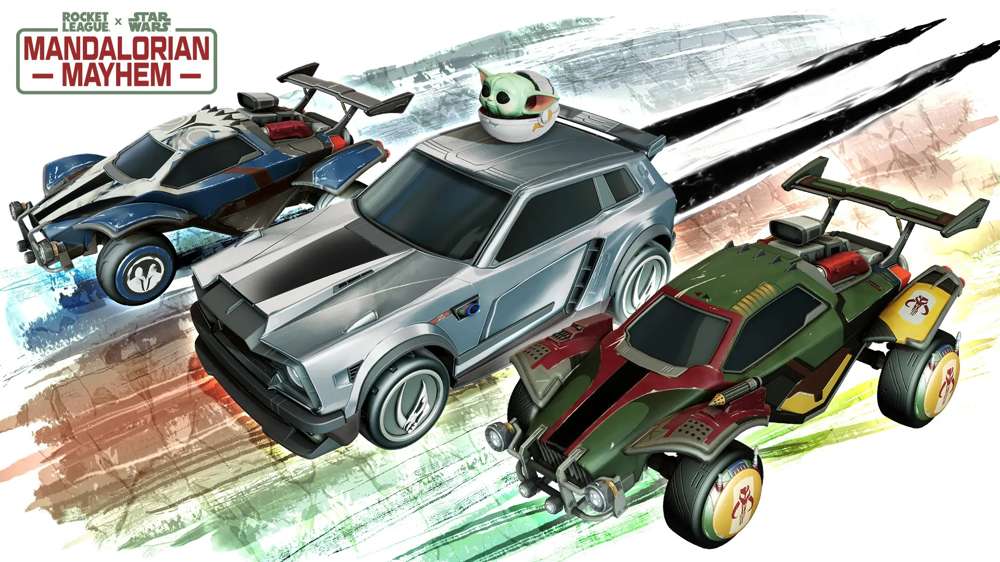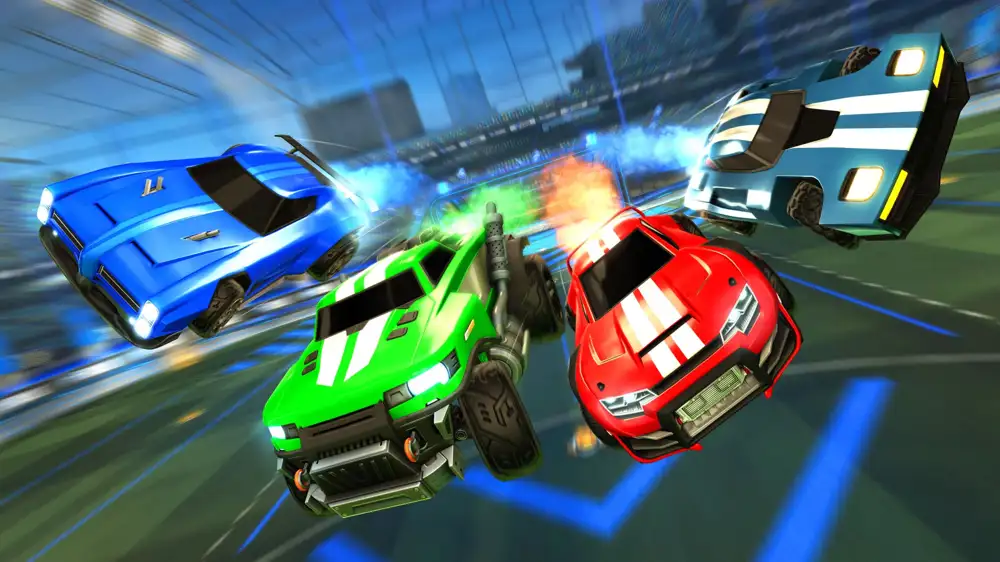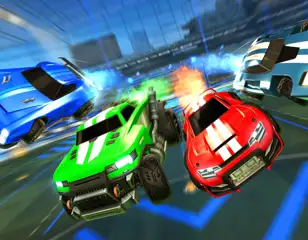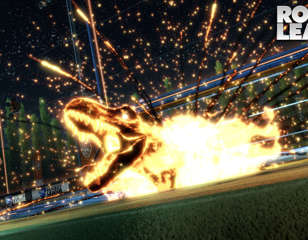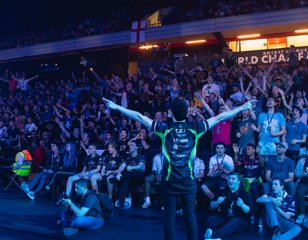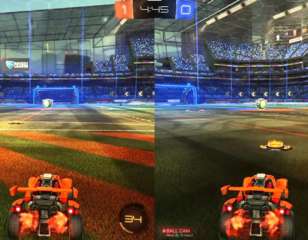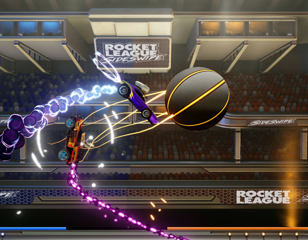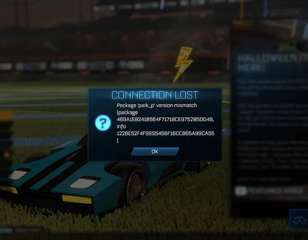
The Rocket League Basics: Ball Chasing
Ball chasing is a behavior that leads to dozens of critical errors responsible for losing games. We take a look how to improve your game!
15th Mar 2020 18:30
Ball chasing; everyone has done it. One of the very first mistakes new players make when they pick up Rocket League is ball chasing. If you are new to the game, it is essentially guaranteed that one, if not more, of the players in your match is a ball chaser. Ball chasing is a behavior that leads to dozens of critical errors responsible for losing games. While ball chasers may find success on occasion, skilled opponents will capitalize on it. Ball chasing leaves players out of position and leads to double commits, free goals, frustrated teammates and more.
What is Ball Chasing?
The definition of ball chasing among the community can sometimes be subjective. In general, ball chasing is when a player relentlessly pursues the ball, hitting it as much and as often as possible, regardless of the situation or where their teammates are located on the pitch. Success in Rocket League revolves around teamwork. When a member of the team is not rotating correctly and is constantly interrupting shots, out of position, etc, it can be extremely detrimental to the team’s success.
A quick example of ball chasing can be viewed below:
As you can see, the opponent’s goal is wide open and the star of the video has a clear shot on goal. The ball chasing teammate comes out of nowhere and launches the ball into the corner. This leads to a double commit and a wide-open, free goal for the opposing team. Mistakes like this win and lose games and lead to a community-wide resentment of players that ball chase.
This reckless move by the ball chaser served no purpose. It wasn't a shot on goal, it wasn’t a pass, and the ball was not in danger of being contested by the opposing team. It was a pointless shot that prevented their teammate from scoring and gave the other team an easy goal opportunity.
Ideally, the ball chaser would have remained around mid-field and waited for their teammate to shoot. Then, the ball chaser would react accordingly. Either following up on the rebound or remaining back on defense in the case that the ball falls into the opponent's possession. The ball chaser should never double commit and leave both them and their teammate, out of position.
Other Examples of Ball Chasing
Ball chasing often rears its ugly head when the ball gets stuck in a corner. I cannot count how many times I have witnessed multiple players on the same team chase a ball into the corner. Instead of remaining in position and trusting their teammate to clear it, ball chasers will pursue their teammate into the corner. In Duos, this leaves the goal wide-open and the opposing team will often capitalize. Mistakes like this are easier to recover from in Threes but goods teams will always punish ball chasers.
Some ball chasers never retreat on defense. They will take a shot on goal, and immediately chase after the rebound. If the team is properly rotating, there should always be another member on the team in position for the rebound. A ball chaser destroys this set up. They will oftentimes cut off their teammates in an attempt to hit the ball under any means necessary. This completely breaks the rotation and leaves the ball chaser’s team open for counter goals.
A ball chaser’s go to refute is “scoreboard” or “but I have more points than you”. This mindset leads to a lot of ball chasers never learning their lesson. They see themselves at the top of the scoreboard and blame their teammates when they lose. They don’t realize that points do not win games. Just because you got a bunch of points from constantly touching the ball does not mean that you helped the team in any significant way. Ball chasers will score a goal or two off of their selfish efforts and fail to recognize the ill they cause the team as a whole.
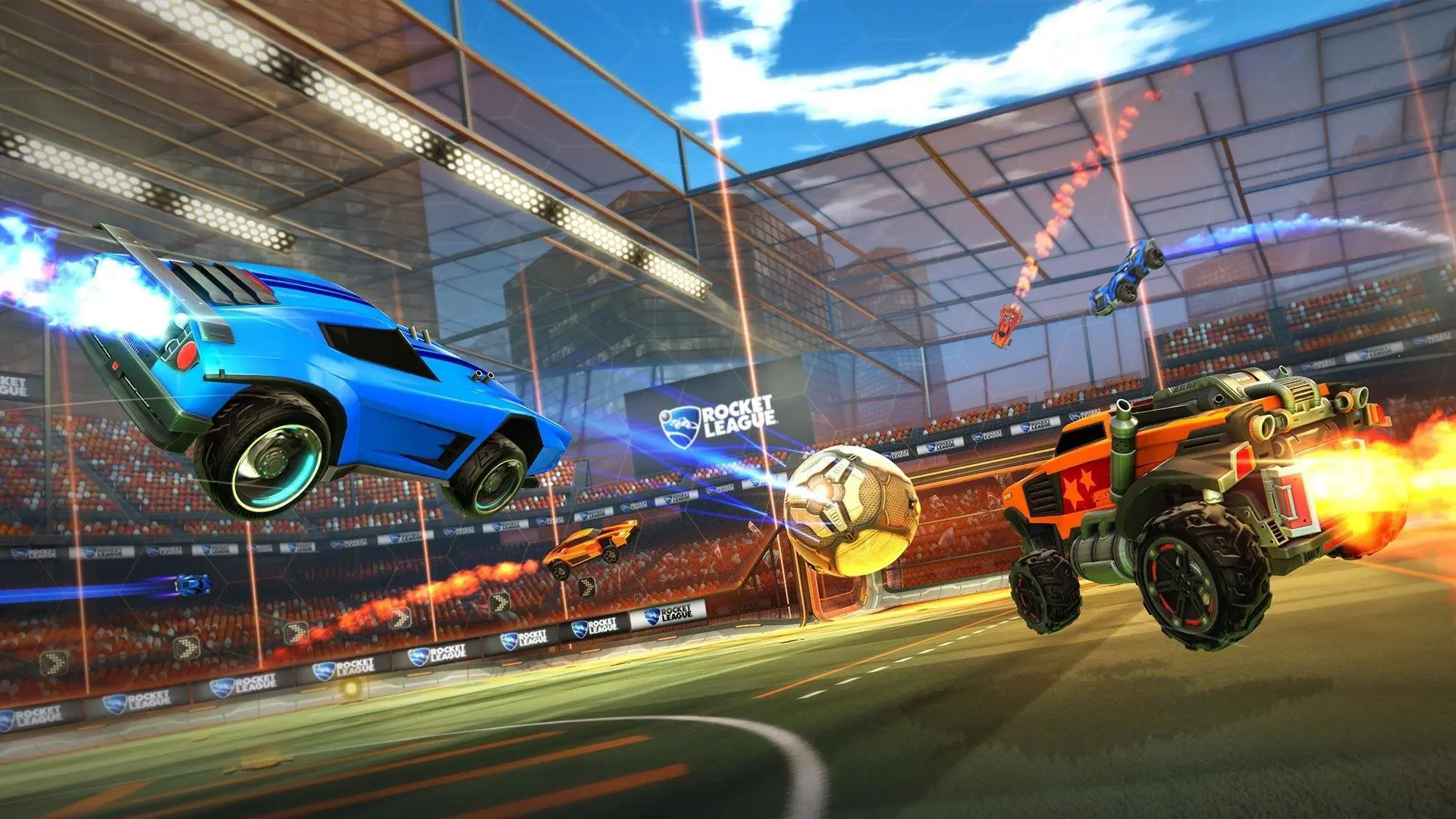
How to Avoid Ball Chasing
There are a few keys to avoiding ball chasing. The first key is to familiarize yourself with proper rotations. The best way to do this would be to watch VODs or RLCS pro matches and take note of where each player is located in each situation.
Additional keys include communication and trusting your teammates. Always communicate your actions. If you are going for an aerial, if you are in goal, if you are clearing the ball, etc. This assures that your teammates know what you're doing and helps prevent harmful mistakes like double commits.
Trusting teammates is a big step in alleviating the ball chaser sickness. The problem with many ball chasers is that they do not trust their teammates. They will constantly be on a teammate’s bumper. If a teammate pursues a ball in the corner, the ball chaser will be right there in the case of a whiff. When a ball gets popped to the ceiling, the ball chaser will boost up for a shot attempt — even if they see a teammate do the same — just because they don’t trust their teammate to make a good hit. This kind of play leads to many of the issues we discussed above. Sure, teammates will make mistakes, especially in lower divisions of play. Regardless, a good teammate will be in the proper position to follow up on a whiff and support. You should never be on your teammates bumper trying to steal their hits.
When to Ball Chase
Ball chasing is not to be confused with playing fast and aggressive, something that is necessary for high-level success in Rocket League. Ball chasing can be good for applying pressure and forcing the opposing team into mistakes. If you see the opponent slowly dribbling in the corner, it may be a good play to pressure. An example of this could be after a blocked shot attempt. Instead of rotating back and letting your teammate at mid-field follow up, there are situations where staying aggressive pays off.
Ball chasing is high-risk, high-reward in Duos. However, if you have a teammate that likes to play passive, ball chasing may be necessary. Sometimes you will run into a teammate that plays very defensive and is never in the proper position to follow-up shots and maintain offensive possession. In this case, a ball chasing play style is needed to keep possession and prevent the opposition from having too much time to set up easy shots/goals. Be aware though, one bad whiff and you could be leaving your teammate alone in goal facing a 2v1 situation.
That’s it for our segment on ball chasing. Stay tuned at GGRecon for more Rocket League tips & tricks. Our staff has studied the Rocket League pro scene extensively and have all the knowledge needed to bring your game to the next level.
Image via Psyonix.

About The Author
Coleman Hamstead
Coleman is a freelance journalist at GGRecon. While gaming has always been his passion, it wasn’t until he worked as a Sports Journalist at the Community College of Baltimore County that he found his enthusiasm for writing. In the time since Coleman has had his work featured in publications such as The Washington Post/Launcher and ESTNN. Coleman is a graduate of Towson University with a degree in Sport Management and Business Administration.

